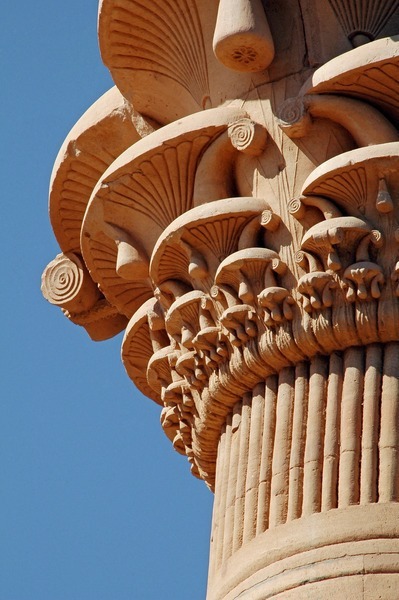#The Temple of Isis at Philae
Text
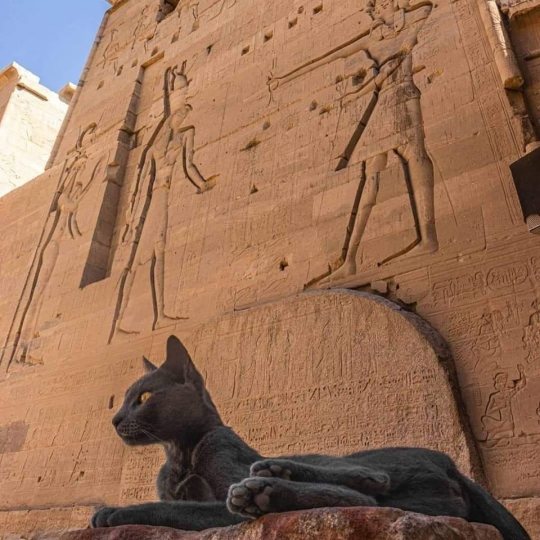
𝔄 𝔭𝔦𝔠𝔱𝔲𝔯𝔢 𝔬𝔣 𝔞 𝔠𝔞𝔱 𝔦𝔫 𝔣𝔯𝔬𝔫𝔱 𝔬𝔣 𝔞𝔫 𝔈𝔤𝔶𝔭𝔱𝔦𝔞𝔫 𝔱𝔢𝔪𝔭𝔩𝔢.
𝔖𝔬𝔲𝔯𝔠𝔢: 𝔅𝔬𝔯𝔦𝔰Դկօ 𝔬𝔫 𝔠𝔞𝔱𝔭𝔦𝔠𝔱𝔲𝔯𝔢𝔰.
#Philae#cat#guardian#temple of philae#Nile#egypt#ancient egypt#ancient origins#The Temple of Isis at Philae#Philae Temple Complex#photography#black cat#Egyptian temple
2K notes
·
View notes
Text




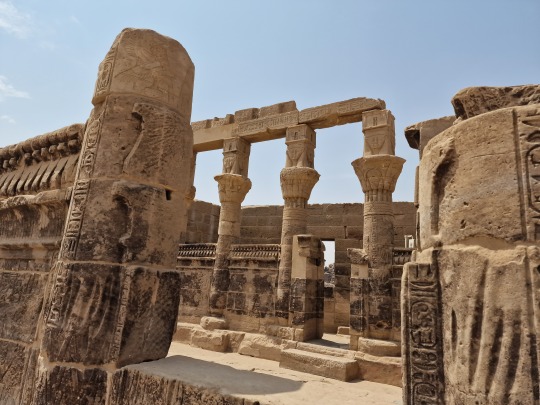





Temple of Philae/ Isis
Egypt
photos cjmn
94 notes
·
View notes
Text

Lion statues in the temple of Isis, Aswan
Photo: Alex Anton
65 notes
·
View notes
Photo
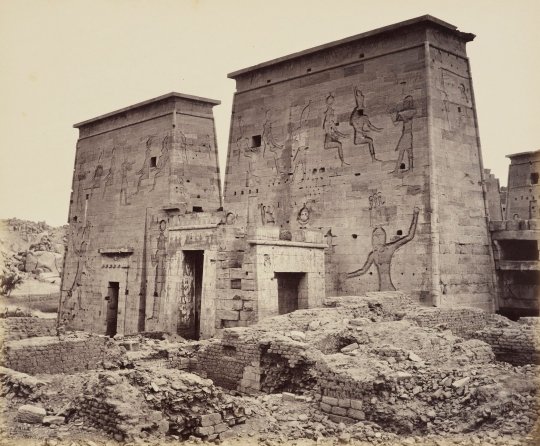

First Propylon of the Temple of Isis and Colonnade of Isis-headed Columns in the Great Court of the Temple of Isis by Francis Bedford
English, dated March 13, 1862
albumen print mounted on card
Royal Collection Trust
#Philae#Egypt#Ancient Egypt#Temple of Isis#Francis Bedford#English#These are all from a visit to Egypt by the future Edward VII when he was Prince of Wales btw#He also acquired them in 1862 for the Royal Collection#historical photography#photo#photograph#albumen print#Royal Collection Trust#Isis#temple#ruins#columns#colonnade
205 notes
·
View notes
Text

Ancient Temple of Isis, Philae, EGYPT
68 notes
·
View notes
Photo




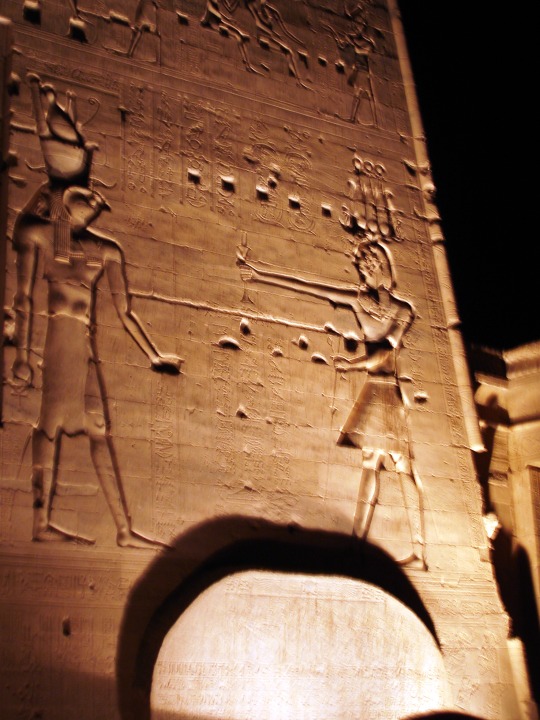

Retour à mon projet de présenter la plupart de mes 52825 photos
2010. Ma mère avait toujours rêvé d’aller en Egypte. A 80 ans, elle concrétise ce rêve avec moi !
Assouan. Sous la lune, le Son et Lumière dans le Temple d’Isis, sur l’île de Philae. Un moment magique...
#souvenirs#égypte#égypte antique#archéologie#philae#temple de philae#isis#temple d'isis#assouan#aswan#lac nasser#lune#hathor#dieu#déesse#mythologie#horus#son et lumière
10 notes
·
View notes
Text
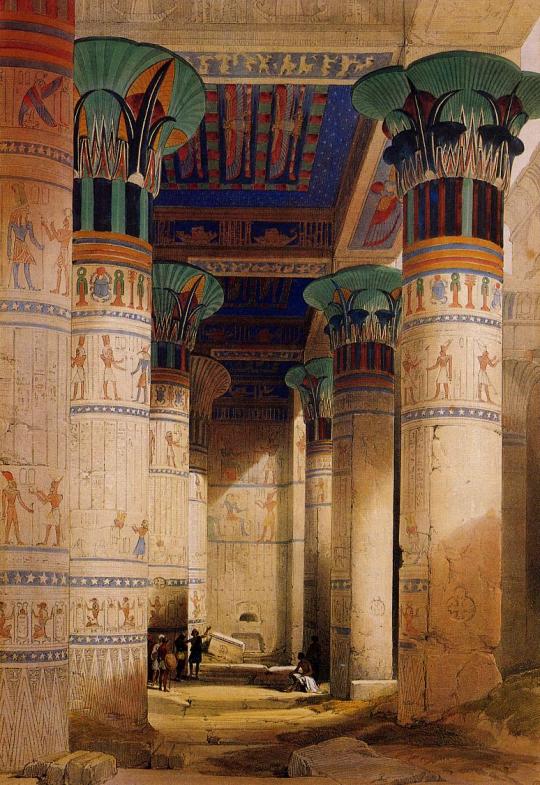
Title: Portico of the Temple of Isis at Philae
Artist: David Roberts
Date: 1851
Style: Orientalism
Genre: Interior
#art#painting#art history#artwork#museums#history#culture#orientalism#david roberts#vintage#curators
231 notes
·
View notes
Photo

Dodekaschoinos
The Dodekaschoinos (literally "Twelve Cities" in Greek) was the name of a region in Lower Nubia that became an important province of the Ptolemaic Kingdom after it was annexed from Meroitic Nubia by the Egyptian kingdom. The area fell under Roman influence in the 1st century BCE following Egypt's conquest in 30 BCE. Its area extended between the 1st and 2nd Cataracts of the Nile in ancient Kush although parts are within modern-day Egypt.
History of the Region Under the Ptolemaic Kingdom
The beginning of Ptolemaic influence in Nubia began when Ptolemy II (283-246 BCE) led a campaign against the kingdom of Meroe c. 275 BCE and successfully conquered the province which was afterwards referred to as "the Twelve Cities". It then fell under the administration of the Egyptian nomes (a term for the provinces Egypt was divided into). It was at first technically a part of the Thebaid nome, but in reality, it was governed by the commander in charge of the soldiers garrisoned in the region. This situation remained unchanged until sometime in the 2nd century BCE when the region was reintegrated into the Elephantine nome with its civilian governor instead of being a part of the Thebaid nome.
The Dodekaschoinos retained much of its native administration, and a Nubian governor appears to have been appointed and had authority over the Nubian inhabitants of the province. Many Nubian inhabitants of the region integrated into Ptolemaic and later Roman society like their Egyptian counterparts, acquiring Greek language and education, citizenship rights and Greek or Roman names. Kushite or "Aethiopian" slaves are also known from throughout the Ptolemaic and Roman world, but particularly in Upper Egypt which was nearest to Nubia.
The Dodekaschoinos was part of the secession of Upper Egypt (205-185 BCE) that was supported by the Meroitic kingdom which sought to regain formerly Nubian territory through an alliance with the rebellious Egyptian factions. When Ptolemy V retook the province (c. 185-184 BCE), he dedicated the Dodekaschoinos and Philae to Isis as an attempt to legitimise the Ptolemaic rule of the region and ingratiate the Temple of Isis in Philae.
Continue reading...
37 notes
·
View notes
Text
Hymn to Isis from her temple at Philae
"O Isis, the Great, God’s mother, Lady of Philae,
God’s Wife, God’s Adorer, and God’s Hand,
God’s mother and Great Royal Spouse,
Adornment and Lady of the Ornaments of the Palace.
Lady and desire of the Green Fields,
Nursling who fills the palace with her beauty,
Fragrance of the palace, mistress of joy,
Who completes her course in the Divine Place.
Rain-cloud that makes green the fields when it descends,
Maiden, sweet of love, Lady of Upper and Lower Egypt,
Who issues orders among the divine Ennead,
According to whose command one rules.
Princess, great of praise, lady of charm,
Whose face enjoys the trickling of fresh myrrh."
-Translation by Louis Zabkar from Hymns to Isis in Her Temple at Philae.
8 notes
·
View notes
Text

Dedicated to Isis, the Temple of Philae is one of the most beautiful and best preserved in Egypt. Legend has it that when King Osiris was killed by his brother Seth, and he scattered his remains throughout the country, Isis picked them up and recomposed him on the Island of Philae.
281 notes
·
View notes
Photo
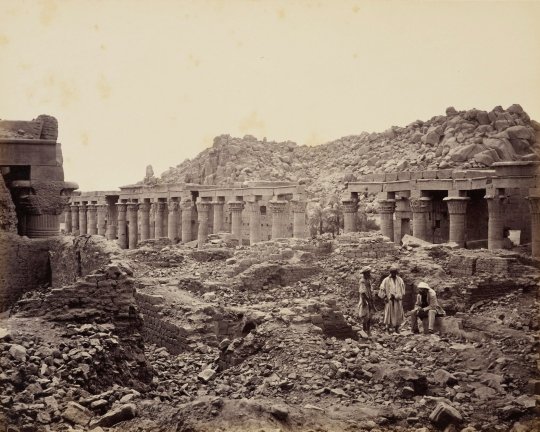
Philae, Outer Court of the Temple of Isis by Francis Bedford
English, dated March 13, 1862
albumen print mounted on card
Royal Collection Trust
#Philae#Temple of Isis#Egypt#Ancient Egypt#Francis Bedford#photography#historical photography#photo#photograph#ruins#temple#albumen print#Royal Collection Trust
154 notes
·
View notes
Photo

scopOphilic_micromessaging_619 - scopOphilic1997 presents a new micro-messaging series: small, subtle, and often unintentional messages we send and receive verbally and non-verbally.
Ancient MicroMessaging from Philae: The Temple Of Isis.
Please don't damage historical structures.
#scopOphilic1997#scopOphilic#digitalart#NFT#micromessaging#streetart#graffitiart#graffiti#Egypt#TempleOfIsis#photographers on tumblr#original photographers#ArtistsOnTumblr#sand#rust#tan#BMureStultusEst#Sanne#1981#Cutain#1956#AncientScratchers
49 notes
·
View notes
Photo
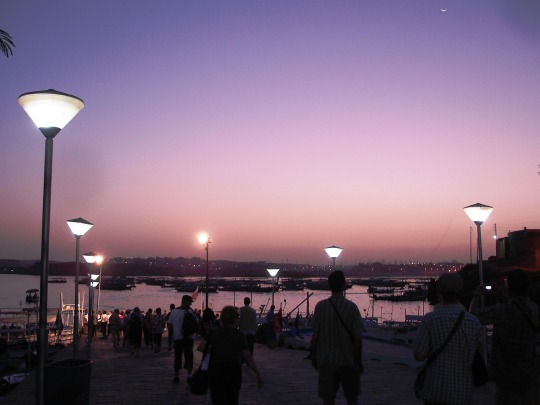



Retour à mon projet de présenter la plupart de mes 52825 photos
2010. Ma mère avait toujours rêvé d’aller en Egypte. A 80 ans, elle concrétise ce rêve avec moi !
Assouan, on va à l’embarcadère au bord du lac Nasser pour aller admirer le Son et Lumière à Philae, On longe maintenant en barque le kiosque de Trajan et le Temple d’Isis..
#souvenirs#égypte#égypte antique#archéologie#temple#temple d'isis#kiosque de trajan#temple de philae#philae#isis#lune#assouan#aswan#lac nasser#son et lumière
7 notes
·
View notes
Text
University researchers have produced 3D maps of 2,000-year-old graffiti on the Temple of Isis in Philae, Egypt. We ask, is ancient graffiti art or vandalism?
27 notes
·
View notes

